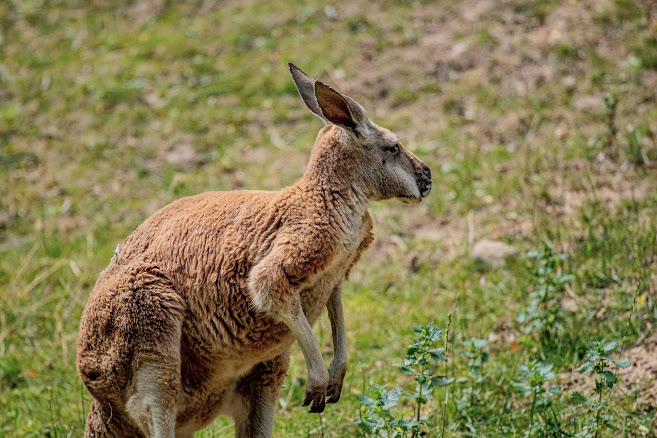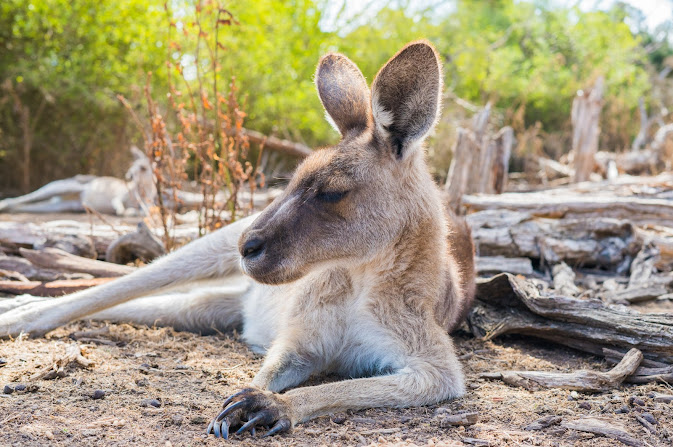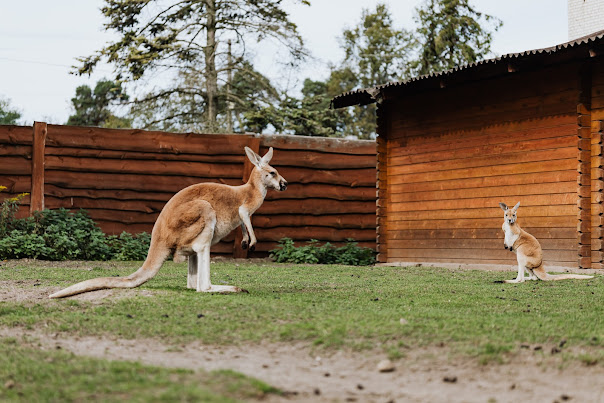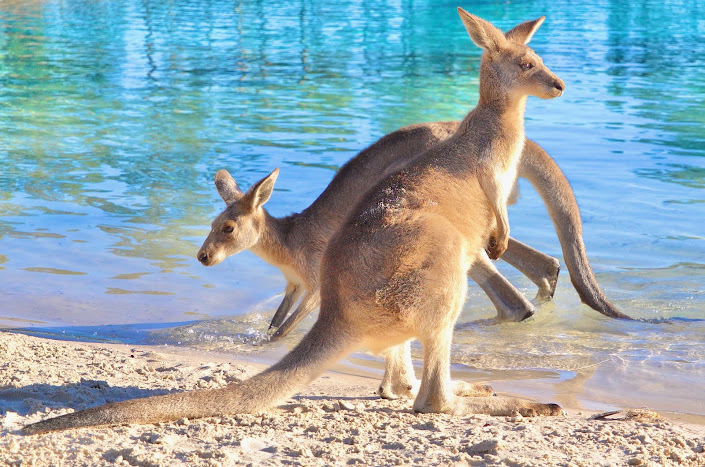Saving the Kangaroo: Kangaroo Conservation Efforts and Initiatives.
Kangaroo conservation efforts and initiatives
Kangaroos are iconic animals of the Australian continent and are well-known for their unique physical characteristics, such as their powerful hind legs, long tails, and pouches for carrying their young. However, these amazing animals are facing many challenges to their survival, including habitat loss, hunting, and disease. As a result, various kangaroo conservation efforts and initiatives have been put in place to protect them and ensure their long-term survival.
One of the most important kangaroo conservation efforts is the implementation of protection laws and regulations. Kangaroos are classified as protected wildlife in Australia, and it is illegal to hunt, kill, or capture them without a license or permit. The regulations also limit the number of kangaroos that can be taken and set strict guidelines for the humane treatment of the animals.
Another important kangaroo conservation effort is population monitoring and management. Several government and non-government organizations conduct regular surveys to estimate the population of kangaroos and monitor their health and behavior. This information is used to make informed decisions about population management, including controlling the number of kangaroos in certain areas to prevent overgrazing and protect the environment.
Habitat restoration is also a critical kangaroo conservation effort. Many kangaroos rely on specific habitats for food, shelter, and breeding. However, habitat loss due to land development, climate change, and wildfires has threatened their survival. Conservation organizations work to restore degraded habitats by planting native vegetation, controlling invasive species, and implementing erosion control measures.
Community engagement in kangaroo conservation is another important initiative. Raising awareness about the importance of kangaroo conservation and involving local communities in conservation efforts can have a significant impact on the protection of these animals. Public education campaigns, volunteer programs, and community outreach events can help to build support for kangaroo conservation and foster a sense of ownership and responsibility for the animals and their habitat.
Finally, rescue and rehabilitation programs are essential kangaroo conservation efforts that help to care for injured, orphaned, or displaced kangaroos. These programs provide medical treatment, food, and shelter to the animals and work to release them back into the wild when they are healthy and able to survive on their own.
In conclusion, kangaroo conservation efforts and initiatives are critical to protecting these amazing animals and ensuring their long-term survival. Through protection laws and regulations, population monitoring and management, habitat restoration, community engagement, and rescue and rehabilitation programs, we can work together to save the kangaroo and preserve this important part of Australian wildlife for generations to come.
Community engagement in kangaroo conservation
Kangaroos are an iconic and important part of Australia's wildlife, but they face numerous challenges to their survival, including habitat loss, climate change, and hunting. One way to help protect kangaroos and ensure their long-term survival is through community engagement in kangaroo conservation efforts.
Community engagement is an essential component of kangaroo conservation, as it can help to raise awareness about the importance of protecting these animals and their habitats. It can also foster a sense of ownership and responsibility among local communities, leading to increased support for conservation efforts and a greater understanding of the impacts of human activities on kangaroo populations.
One effective way to engage communities in kangaroo conservation is through public education campaigns. These campaigns can help to raise awareness about the importance of kangaroos and the threats they face, as well as provide information on how individuals can help protect them. Educational materials can include brochures, flyers, and posters that are distributed in public places such as schools, libraries, and community centers.
Another effective approach to community engagement is through volunteer programs. These programs provide opportunities for local residents to participate in conservation efforts, such as habitat restoration projects, population surveys, and animal rescue and rehabilitation programs. By volunteering, individuals can gain a greater understanding of the challenges facing kangaroos and their habitat, as well as contribute to efforts to protect them.
Community outreach events can also be an effective way to engage residents in kangaroo conservation efforts. These events can include guided nature walks, talks by wildlife experts, and community fairs that feature conservation organizations and their activities. These events provide opportunities for residents to learn about kangaroos and their habitat, as well as connect with others who share their interest in protecting these animals.
In addition to education, volunteer programs, and community outreach, local governments can also play a critical role in engaging communities in kangaroo conservation efforts. This can include working with community groups and conservation organizations to develop conservation plans and policies that reflect local concerns and priorities. Governments can also provide funding and other resources to support community-led conservation efforts, such as habitat restoration projects and wildlife rescue and rehabilitation programs.
In conclusion, community engagement is a critical component of kangaroo conservation efforts. By raising awareness, fostering a sense of ownership and responsibility, and providing opportunities for participation, community engagement can help to protect kangaroos and their habitats, and ensure their long-term survival. Through education, volunteer programs, community outreach events, and government support, we can work together to protect these amazing animals and preserve them for generations to come.
Here is some FAQ
1. What are kangaroos and where do they live?
Kangaroos are marsupials native to Australia. They are known for their powerful hind legs, large feet, and long tail. Kangaroos can be found in various habitats, including grasslands, forests, and savannas.
2. How do kangaroos move and how fast can they run?
Kangaroos move by hopping on their powerful hind legs, using their tail as a balance. They can hop at speeds of up to 56 km/h (35 mph), making them one of the fastest mammals in the world.
3. What do kangaroos eat?
Kangaroos are herbivores and their diet consists mainly of grasses, leaves, and shrubs. They are known to be able to survive on very little water, obtaining most of their moisture from the vegetation they eat.
4. How do kangaroos reproduce?
Female kangaroos have a pouch on their belly where they carry and nurse their young. After a short gestation period of about 30-40 days, the newborn kangaroo, called a joey, is born and crawls into the pouch to continue developing.
5. Are kangaroos dangerous to humans?
While kangaroos are generally not aggressive towards humans, they can be dangerous if they feel threatened. Male kangaroos, in particular, can be aggressive during mating season, using their strong legs to kick and defend themselves.
6. Are kangaroos endangered?
Most species of kangaroos are not considered endangered, although some populations have been affected by habitat loss and hunting. The tree kangaroo, a species that lives in the rainforest, is considered endangered due to habitat destruction and hunting.








Comments
Post a Comment